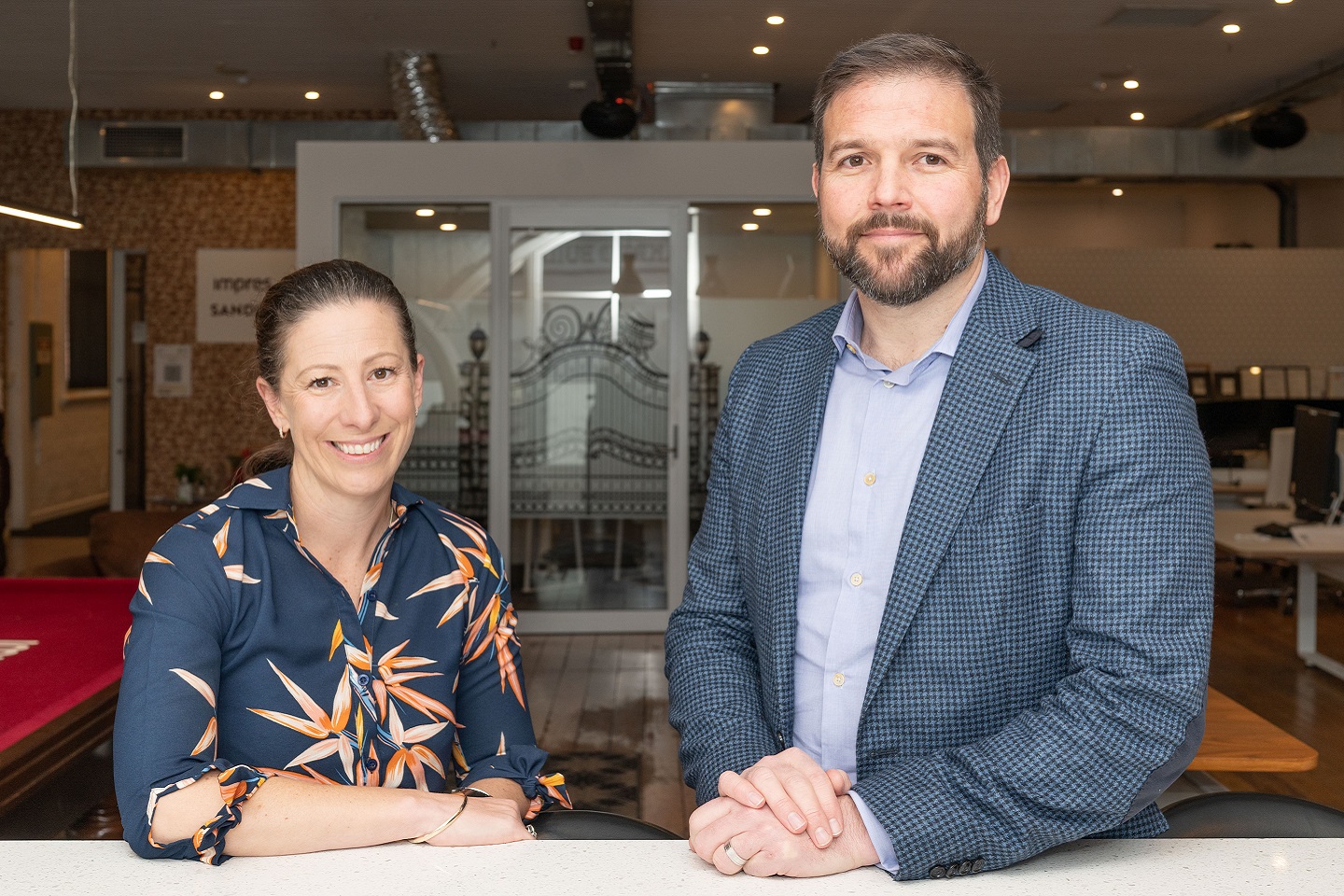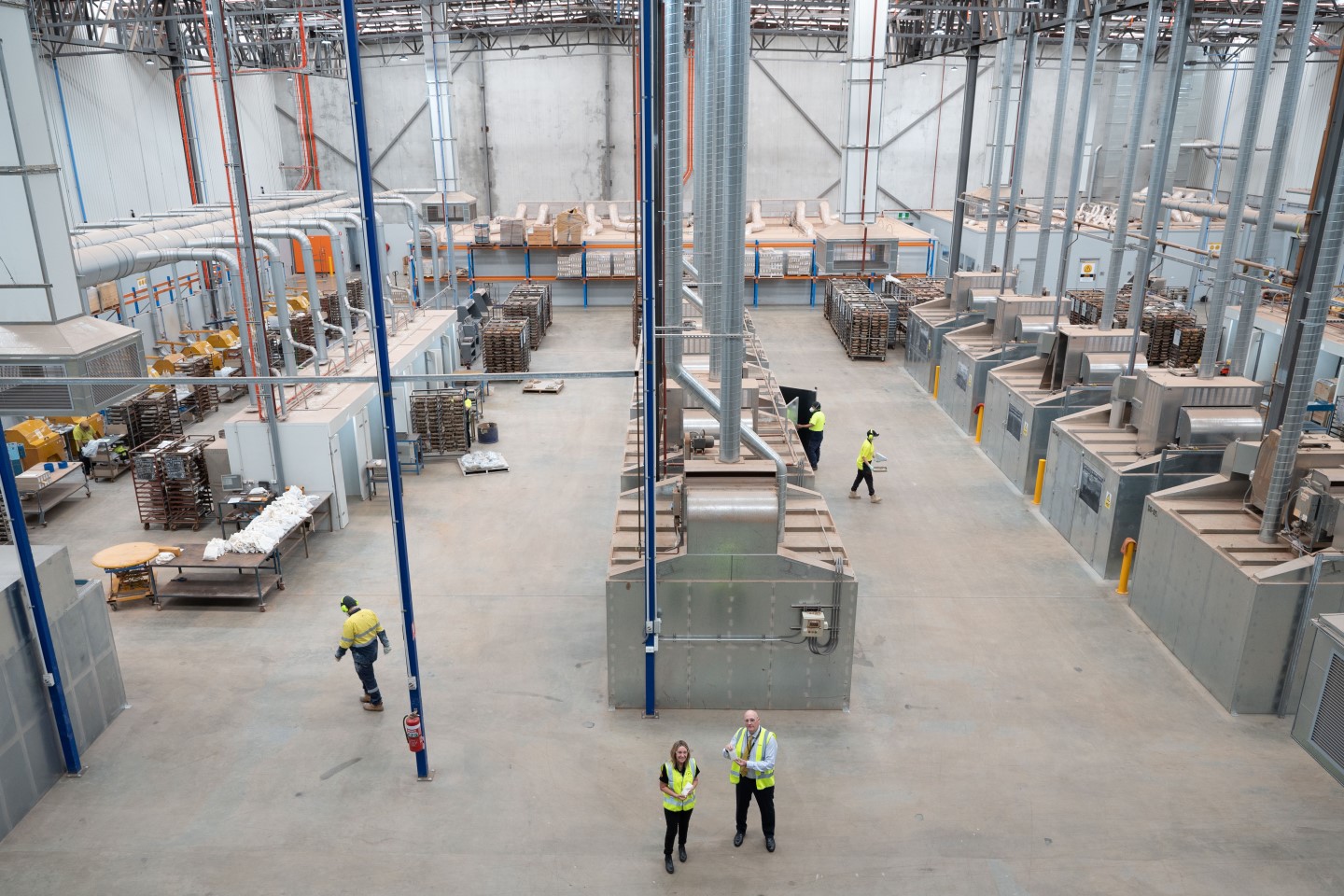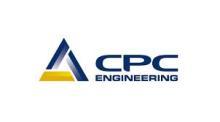WA’s mining industry is renowned for its technical innovations, but key industry players believe far more could be achieved.

Sarah Coleman has spent much of the past two decades in the mining industry, and for a lot of that time has been helping the big miners introduce autonomous haulage.
Many people would rate the adoption of driverless trucks as one of the most significant recent changes to the industry, so it’s surprising to hear Ms Coleman’s perspective.
“Miners are very slow to adopt new technology,” Ms Coleman told Business News.
“The industry is still struggling to embrace technology and digital.”
Perenti Global chief executive Mark Norwell brings a similar perspective when he reflects on changes such as the shift to remote operations.
“The full value hasn’t been unlocked,” Mr Norwell said.
“Fundamentally, mining is still done the same way.”
The two like-minded executives decided last year to bring together their businesses to try and accelerate innovation in the sector.
Perenti has spent $13 million buying Ms Coleman’s two consulting and technology firms – Improvement Resources and Sandpit Innovation – along with specialist data science firm Optika Solutions.
The three firms and their 65 staff have been brought together under the name idoba.
Ms Coleman said the aim was to leverage the scale of Perenti’s mining services business and the technology skills in idoba to make an impact.
“I was talking to Mark about how we want to own the disruption,” she said.
“Having worked with a lot of large organisations over the years and seen the lack of traction, the ability to grab hold of it and make an impact with an organisation willing to drive that, it was a once-in-a-lifetime opportunity.”
Mr Norwell said the three idoba firms would continue to service their existing clients while working with Perenti to improve its business.
“We can continue to compete with everyone like for like or we can evolve our service offering,” he said.
“We are very like-minded about what can be done.”
Ms Coleman believes the mining industry needs to shift its mindset.
“One of the challenges we are facing is changing how we do the work,” Ms Coleman, a 40under40 winner, said.
“There is the physical value chain, and we can change that, but how we orient ourselves in a way that more openly embraces different ways of working; as an industry we haven’t made that leap forward.”
She cites the example of remote operations, where operators in Perth control mining activities in the Pilbara.
“We have done a fantastic job of removing people from site and having them run the operations remotely, but again, changing the way the work is done, leveraging technology to make it more efficient and effective, we still haven’t embraced that,” Ms Coleman said.
Ms Coleman’s perspective is informed by her experience trying to commercialise the Spidler: a robotic machine custom-designed to replace faulty idler rollers on conveyor belts.
“Developing products and funding that yourself is quite challenging,” she said.
The Spidler has been through multiple iterations since winning a technology award in 2014 but is still not in the market.
Despite this, Ms Coleman remains positive.
“Conveyors are one of the largest assets miners have and idlers are the most plentiful inventory item on site,” she said.
“The fact we are still doing it by hand when a technology exists that means you don’t have to put people into the line of fire, it’s only a matter of time before that takes off.”
Optika Solutions is a business that provides even more expansive opportunities.
Led by Matt Schneider, it has a team of 20 people that is highly neurodiverse and mostly consisted of high-functioning autistic individuals.
“They have more PhDs than people, which is pretty amazing,” Ms Coleman said.
“They have a phenomenal ability to do complex modelling and data science.”
Optika’s core product is Akumen, a digital platform able to run extremely complex scenario analysis.
Mr Norwell describes Akumen as an amazing platform, offering real-time analysis of data with high functionality.
Perenti already generates a lot of data from its international operations, which span 50 projects across multiple commodities and clients.
By analysing the data, Optika will be seeking ways to make the operations safer and more productive.
Beyond that, Mr Norwell said the group may change the way it operated.
“Do we need to be on the ground, on mines in West Africa, or can we take the insights we get from this and help our clients from King Street in Perth?” he said.
Mr Norwell said leaving the idoba businesses in its King Street premises was a critical part of the strategy.
“We can’t just bring these companies into our traditional way of doing business,” he said.
“If we did, it would stifle creativity and make them the same as our traditional business and get no new ideas.”
Ms Coleman said people and technology were coming together in a way that was creating big opportunities.
“We are attracting some phenomenal talent at the moment. We have people constantly contacting us and wanting to join,” she said.
“And we are at this amazing point where the technology has caught up with the aspiration and we can actually start driving that and implementing that.”
Ms Coleman contrasts the culture and mindset at idoba with what she has seen at the big miners.
“The hierarchical structures in a lot of big organisations actually stop innovation from happening,” she said.
“[They] put people in boxes along the value chain.
“But there is not one part of the mining industry that is not connected to another piece.
“Those structures exist for a reason, but that’s a huge reason why its being held back.”
Similarly, Mr Norwell said the focus needed to be on improving the whole value chain.
“How do we use data to get insights for the whole process and create value from them, rather than insights from each silo?”
Shared views
Imdex managing director Paul House runs up against a similar issue.
His ASX-listed company has developed a range of products and technologies primarily for the drilling industry.
Having started 40 years ago as an agent for drilling products, Imdex has established a big global footprint.
Its technology is sold in more than 100 countries and used on 70 per cent of mineral drilling projects.
Mr House believes investing in drilling technology delivers large benefits through the production process.
“That whole idea of being able to move decision making upstream is probably the underlying thesis for where value can be created in mining,” Mr House told Business News.
“It improves our insight and knowledge of the ore body.
“That allows you to make faster, better-quality decisions, which delivers benefits downstream.
“The challenge is that you are asking one cost centre to spend the money so that another cost centre further downstream gets the benefit.”

Paul House. Photo: David Henry
Imdex has structured its business in an unusual way to reflect the fact that multiple parties will use its technology.
Its customer relationship management (CRM) system is set up around ore bodies rather than customers.
“Our technologies are about optimising the extraction of the ore body, so ultimately that is our customer,” Mr House said.
“So, whether it’s the driller, or the drill and blast person, or the load and haul, or the crushing contractor, or the asset owner, they are all dealing with the same ore body.”
The company’s strategy delivered record financial results in the year to June 2021, with revenue up 11 per cent to $264 million and underlying earnings up 38 per cent to $75 million.
Mr House said one of Imdex’s strengths was its ability to bring together multiple products into a complete solution.
It also aimed to be a technical leader in each product, he said, investing 10 per cent of annual revenue on research and development.
“We place a very high priority on our R&D investment every year to give us technical leadership for each product,” Mr House said.
That investment has allowed Imdex to employ 60 engineers, in disciplines as diverse as mechanical, electrical, chemical, embedded systems, mining and software.
Mr House said the company’s Perth base gave it an edge in understanding the challenges facing the industry and designing solutions.
“Our access to decision makers in our industry – whether that’s government bodies, research bodies, drilling clients or resource clients – there is no question that Perth plays a leading role in the world,” he said.
One product gaining market traction is HUB-IQ, a cloud-based platform that supports rapid analysis of in-field data.
“You can be sitting in Perth, and you can have a drilling project in Africa, and you can see exactly where your planned drill hole was and where your actual drill hole was in real time,” Mr House said.
This real-time information flow supported better decision making. COVID-19 travel restrictions have boosted uptake of the product.
Mr House gave the example of one client that was using the HUB-IQ system and tools to maintain drilling programs in six countries.
“They told us they were more accurate when they couldn’t travel and visit the site because they were starting to access the data in real time,” he said.
Mr House said he was encouraged by results for last year, which showed revenue through the HUB platform was up 30 per cent and metres surveyed was up 60 per cent.
“That number shows our customers are changing their workflow and surveying more often because it’s in real time, and they can then make the next decision,” he said.
Imdex is developing a new system called Blast DOG: a semi-autonomous system for logging material properties and blast hole characteristics.
Blast DOG is currently an engineering prototype being developed with Anglo American, Teck, and Orica.
Mr House said it was tackling a big issue for all mining companies, which sought to optimise the energy release in mine site blasts.
“You risk sending waste into the mill or sending ore into the waste pile,” he said.
“That is a common problem on every mine on the planet.”
Blast DOG aims to provide geophysical data on the ore body prior to it being charged and blasted, to optimise the fragmentation and separation of ore and waste.
“Four per cent of the world’s electricity is consumed in the crushing and grinding process in mining,” Mr House said.
“Most of that crushing and grinding is making poorly fragmented big rocks into little rocks.
“If you can do that through explosive energy, you can reduce that cost by about 90 per cent.”
Mineral labs
While Imdex is focused upstream, Intertek is focused downstream.
The global company has recently consolidated its Perth operations into one of the world’s largest minerals testing laboratories, with 500 staff.
The 20,000 square metre facility in Maddington replaces operations that were previously scattered across nine locations.

Intertek's Maddington facility. Photo: David Henry
The new facility illustrates the increasing investment in robotic equipment, with Intertek claiming it has more automation than any other minerals testing lab around the world.
It also includes Chrysos PhotonAssay technology, developed by the CSIRO to enable rapid x-ray analysis of gold and complementary elements, replacing large amounts of hazardous lead waste.
Intertek Minerals senior vice-president John Fowler describes the Maddington facility as one of the world’s largest and most technologically advanced minerals laboratories.
“All of our most sophisticated gear is here, all of our best scientists are here, and it’s by far the biggest and most sophisticated minerals lab that we have,” Mr Fowler told Business News.
The Maddington facility is the global headquarters for Intertek’s minerals division, which has 60 laboratories and offices in 25 countries.
“For us, Perth really is the centre of the mining world,” Mr Fowler said.
“All of our major customers, even the international ones, have a presence here in some way, and a lot of the service companies are here.
“This is the hub of the mining world.”
He believes the technology deployed in Perth is world leading.
“The laboratories that you are seeing here, they haven’t really made it to North America,” Mr Fowler said.
The new facility will help Intertek compete against other big players in the market, including global operators SGS and Bureau Veritas.
Another big competitor is ASX-listed ALS, which has 450 staff in its geochemistry division in Western Australia.
Mr Fowler said there was unprecedented growth in demand for testing services and corresponding growth in the number of samples being provided, which meant laboratory capacity and human resources were increasingly critical.
The company plans to recruit extra staff to lift capacity, but like many WA businesses is constrained by labour shortages.
Instead, it has invested in increased instrumentation and new robotic automated systems, which will increase capacity by 25 per cent to more than 2.5 million mineral samples per year.
Trading software
Moving further downstream, Subiaco company GLX Digital has recently celebrated a milestone in the use of its trading software.
Its Connect tool was originally developed to support trading of gas and is widely used in that sector.
West Perth-based Pilbara Minerals last month became the first company to use the trading tool in the minerals sector.
Pilbara Minerals’ Battery Materials Exchange (BMX) is a customised trading tool that hosted a successful auction of spodumene concentrate.
It attracted many bidders: over the course of three hours, 17 bidders placed a total of 62 online bids.
The auction enabled Pilbara Minerals to sell its product at an unexpectedly high price.
“We scoured the world for a platform that we thought would serve this purpose and I’m really pleased to say that we found the solution right here in Perth,” chief executive Ken Brinsden said.
GLX founder and chief executive Damien Criddle said Pilbara Minerals’ success had generated a lot of interest.

Damien Criddle. Photo: Gabriel Oliveira
“Pilbara Minerals showed it can move markets with the right application,” he said. “Off the back of that, we’re talking to a lot of interested parties.
“By using our technology, industries that currently have opaque pricing – nickel, lithium, cobalt, magnesium and other battery materials, for example – are able to trade directly with buyers and gives them the ability to create a more transparent and equitable sales environment.”
Mr Criddle said the GLX technology was scalable and applicable to any industry.


















